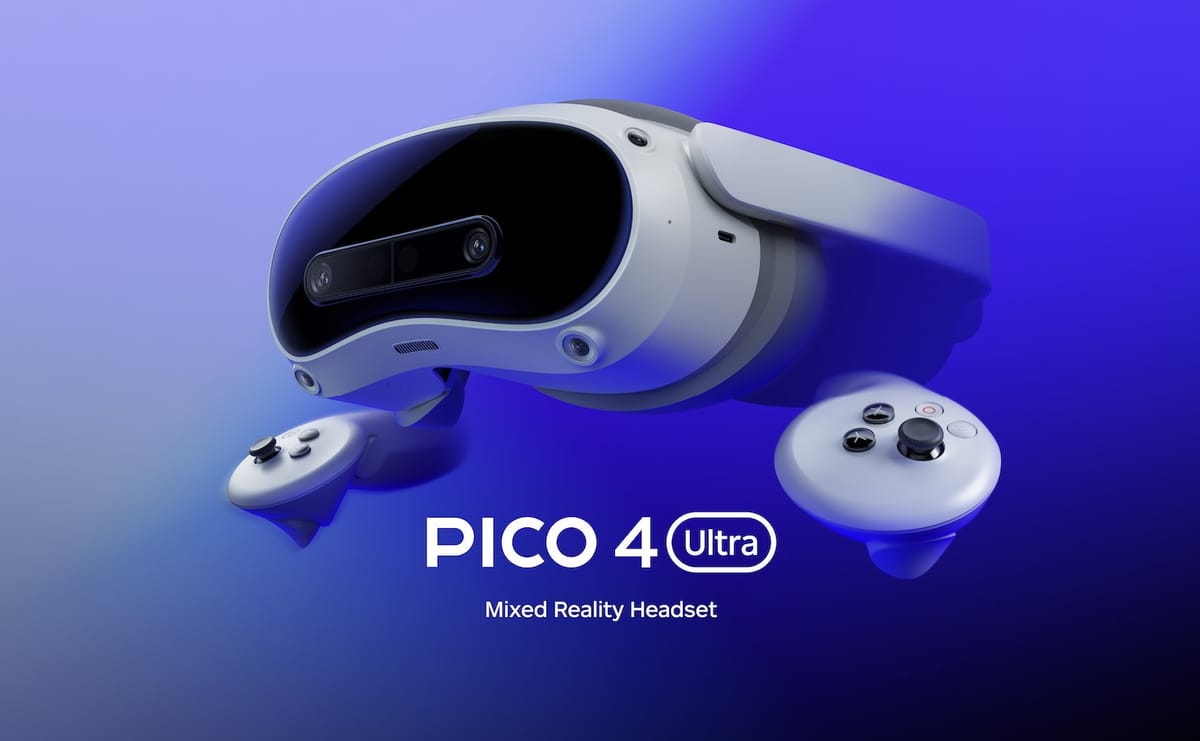Pico Motion Trackers add leg tracking to Pico 4 Ultra, Pico 4, and Pico Neo 3.
0:00
Like Sony’s Mocopi, each Pico Motion Tracker features an inertial measurement unit (IMU) containing a tiny accelerometer and gyroscope. But unlike other IMU trackers like Mocopi, Pico Motion Trackers also feature 12 infrared LEDs each, which are tracked by the headset for two purposes.
Firstly, they’re used to enable rapid initial calibration, where you simply stand still and look down. From then on, they’re used to provide true 6DoF positional tracking whenever a tracker is within view of one of the headset’s tracking cameras.
When they’re not in view of a camera, the IMU is fed into a skeletal model to produce plausible (but imperfect) estimated leg poses based on the relative rotations & forces of each tracker. It’s an interesting hybrid approach we haven’t seen used for leg tracking before. It should provide a higher quality output than pure IMU trackers at a significantly lower cost than Vive Trackers.
ByteDance claims an “average position error of 5 cm, an average angle error of as low as 6°, and an accuracy of not less than 98% for stepping action judgment and restoration” with a latency of less than 20 milliseconds.
0:00
The calibration process for Pico Motion Trackers.
Each tracker weighs just 27 grams, offers a claimed 25 hours of battery life, and are charged via standard USB-C.
Pico Motion Trackers are available to preorder in China for ¥400 for a pair, which equates to just below $60. Shipping is set to begin on September 2, the same day as the new Pico 4 Ultra headset.
ByteDance says the trackers will be supported in PC VR apps such as VRChat via the Pico Connect PC VR streaming app, as well as over 20 standalone VR games on the Chinese Pico Store.






